SUMMARY
This is AI generated summarization, which may have errors. For context, always refer to the full article.
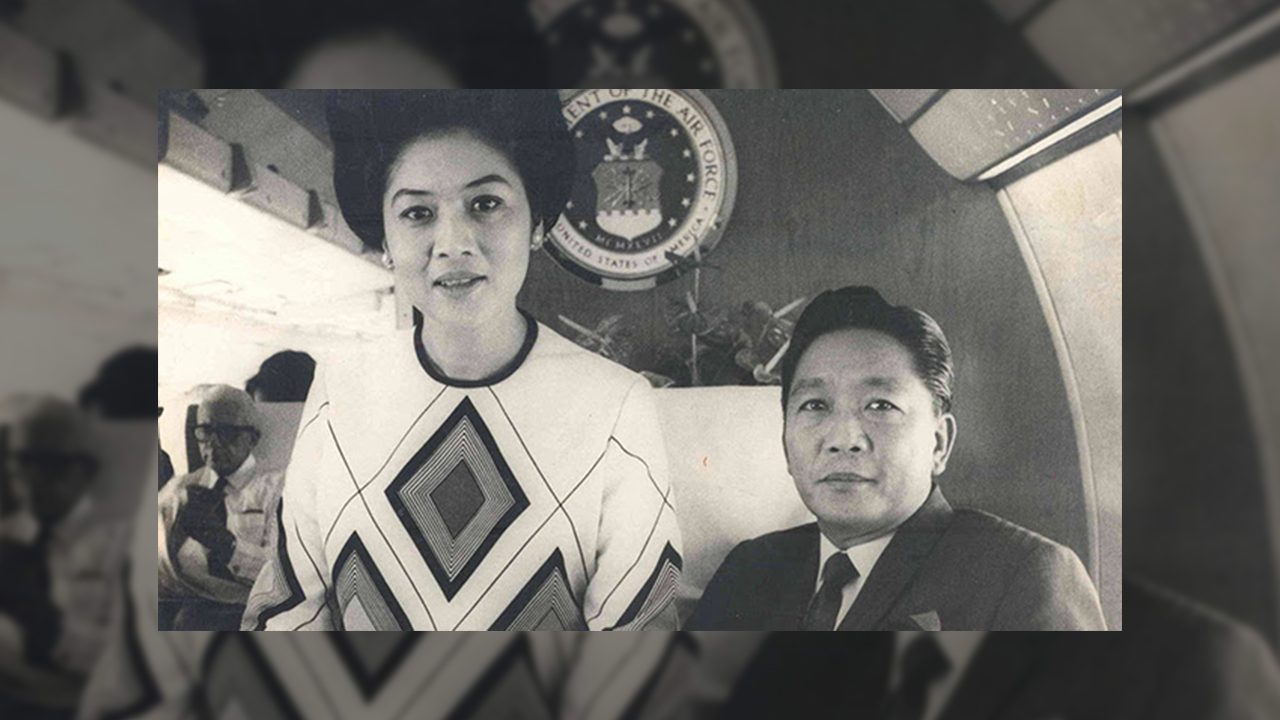
The person who appears to know most of the sources of Ferdinand Marcos’ ill-gotten wealth is Rolando Gapud, known as the “financial executor” of the late dictator. According to his website, Gapud is executive chairman of the board of Del Monte Pacific Ltd. Singapore and chairman of the board of Del Monte Foods Inc. San Francisco, US, positions he has held since 2015. I am not certain, however, if the information is current. He reportedly lives overseas and is now 80 years old.
His credentials are impressive: He took his undergraduate course in mathematics at the Ateneo University and his master’s in industrial management at the Massachusetts Institute of Technology. He worked in the corporate sector and provided financial consultancy services to the crony who would introduce him to Marcos, Jose Campos Yao of United Laboratories, said to be one of the largest drug companies in Asia.
Gapud wrote an account of what he did for Marcos which he submitted to the Presidential Commission on Good Government (PCGG) in 1986. Jovito Salonga, PCGG head in 1986-1987, summarized it in his book, “Presidential Plunder: The Quest for the Marcos Ill-Gotten Wealth.” Gapud said he merely carried out the wishes of Marcos and did not give financial advice.
The professional relationship began in 1974 when he met Marcos. One of the first things he was asked to do was to audit companies under the supervision and ownership of certain businessmen believed to be Marcos fronts: Pablo Roman (Republic Bank), Roberto Sabido, Frankie Teodoro, Luis Yulo, Trinidad Enriquez (Sulo Group, Puerto Azul, Silahis, Philippine Village Hotel) and General Eulogio Balao.
Numbered bank accounts
It was in 1980, when Gapud became president and CEO of Security Bank and Trust Company, that he became deeply involved in the financial maneuverings of the Marcoses. He said in his statement to the PCGG that he received direct instructions from either Imelda or Ferdinand in meetings in Malacañang. At the time, Marcos had acquired a controlling interest of at least 51% of Security Bank through “Master Assets, Gainful Assets and other nominees.” Gapud then began establishing numbered accounts to enable Marcos to move his gains to offshore investments and to facilitate his banking transactions within the Philippines.
Marcos’ trust accounts, which were opened in 1980, all began with numbers 77. His three savings accounts were opened later, in December 1985 and January 1986, and they began with numbers 27. The aggregate balances of the savings accounts were approximately P250 million.
According to Gapud, “the trust accounts of Mr. Marcos were run on a very confidential basis, and except for me, no one in the bank knows to whom they belong or where the disbursements go or in whose favor they were made.” Heavy withdrawals were made during the election period (1985-1986) amounting to hundreds of millions of pesos.
“Security Bank used to receive wire transfers from many sources abroad, involving enormous sums of money, which were credited to the trust accounts and savings accounts of Mr. Marcos,” Gapud said.
(It is important to note Ferdinand “Bongbong” Marcos Jr.’s Sandiganbayan testimony in 2008 when he said that he had an office in Security Bank wherein he saw Gapud regularly and discussed his “family’s interest” in various businesses.)
Gapud also said that “there was only one instance of…a legitimate earning of Mr. Marcos, namely, the retirement benefits… coming from the Government Service Insurance System, but this was a very small, insignificant amount – around P100,000 – or the equivalent of $5,000 which was given to him, through Security Bank, when he reached the age of 65 (in 1982).”
In addition, Gapud submitted to the PCGG a brief description of the businesses of the associates and relatives of Marcos which include, among others, Eduardo Cojuangco, Lucio Tan, Roberto Benedicto, Rodolfo Cuenca, and Antonio Floirendo.
New York properties
Gapud played a role in the acquisition of the Marcoses’ New York properties. In 1990, he testified during the racketeering and fraud trial of Imelda Marcos in New York that between 1982 and 1985, he transferred $50 to $60 million from the accounts in Security Bank for the purchase and maintenance of four New York buildings – 40 Wall St., the Crown Building at 730 Fifth Ave., Herald Center and 200 Madison Ave, according to an Associated Press (AP) report.
The money transferred from the Security Bank accounts went to corporations controlled by the Marcoses, which were used to buy the buildings, Gapud told the New York court. The AP also reported that Gapud described the means by which the Marcoses bypassed Philippine Central Bank regulations that limited the amount of U.S. dollars allowed out of the country.
These details, as reported by the AP, are instructive of the way Marcos enriched himself through illegal means and how his enablers helped him in committing a crime:
“In one scheme, Gapud said he and Geronimo Velasco, Marcos’ former minister of energy, arranged to have the dollar profits from exports of the government-owned Philippine National Oil Company deposited into Marcos bank accounts in the United States. The oil company was reimbursed with the equivalent in Philippine pesos from the ″7700″ accounts at Security Bank and Trust Co.
“These transactions took place between October 1982 and the spring of 1983 and involved $70 million, he said. Part of the money was used toward the purchase of 40 Wall St. in December 1982.
“Gapud said Philippine businessmen also were asked to submit phony applications to the Central Bank for approval to transfer dollars from the Philippines.”
The past is coming back to us, awakening our memories as we see the son of the late plunderer rise, trying to reclaim Malacañang.
Add a comment
How does this make you feel?
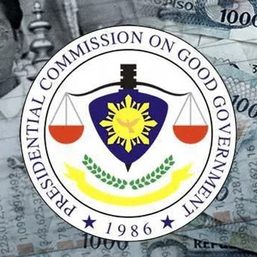
![[Newspoint] The lucky one](https://www.rappler.com/tachyon/2024/04/lucky-one-april-18-2024.jpg?resize=257%2C257&crop=536px%2C0px%2C1080px%2C1080px)
![[Just Saying] Marcos: A flat response, a missed opportunity](https://www.rappler.com/tachyon/2024/04/tl-marcos-flat-response-april-16-2024.jpg?resize=257%2C257&crop=277px%2C0px%2C720px%2C720px)
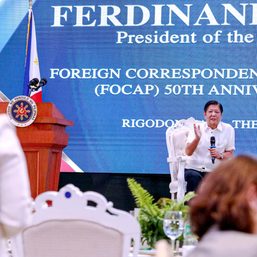
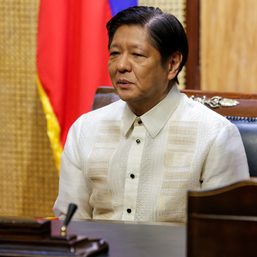
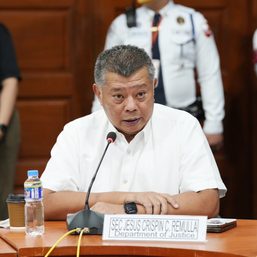
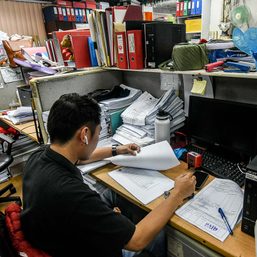
![[OPINION] If it’s Tuesday it must be Belgium – travels make over the Marcos image](https://www.rappler.com/tachyon/2024/04/tl-travel-makeovers-marcos-image.jpg?resize=257%2C257&crop_strategy=attention)

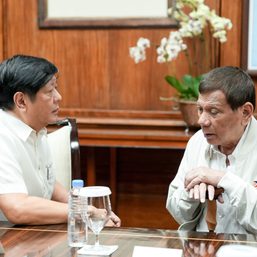

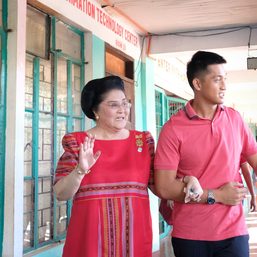
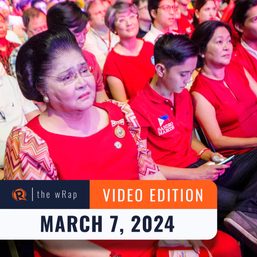
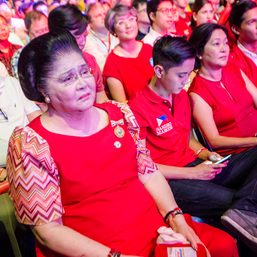
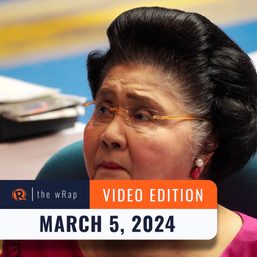

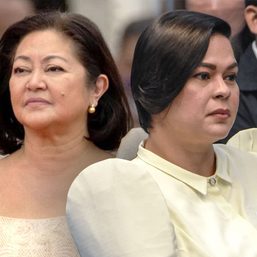
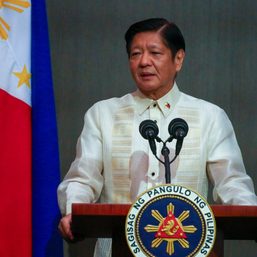
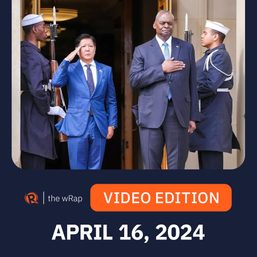
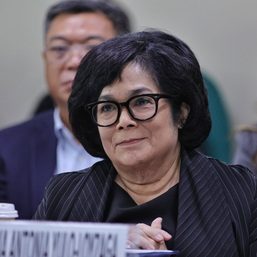
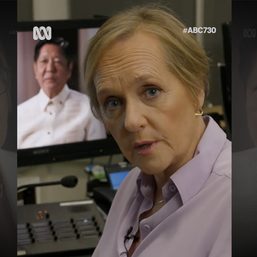
There are no comments yet. Add your comment to start the conversation.